What to expect from Thaddaeus Ropac’s new Milan gallery
A stalwart among European galleries, Thaddaeus Ropac has chosen an 18th-century palazzo for its first venture into Milan
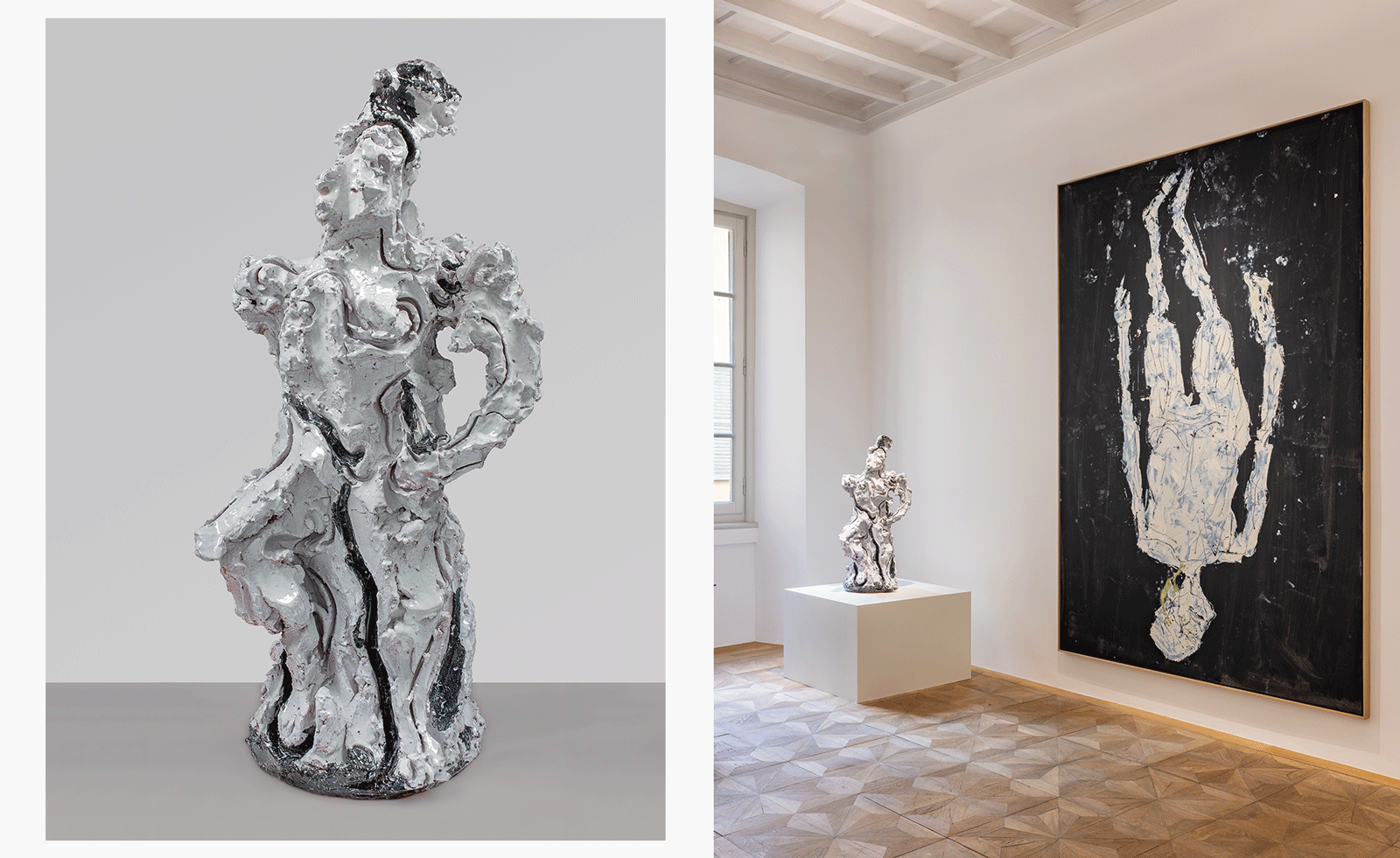
Milan is not a hard sell for the worlds of design and fashion, and while Italy’s industrial capital boasts a soaring tradition of art patronage and connoisseurship, its status as an art market hub has commonly fallen behind its peers, such as Paris and London. The tables are about to turn as the Italian government recently approved the reduction of tax on art sales from 22 per cent to five per cent. Italy is also enjoying a recent influx of British wealth following a recently passed law, which lets high-income individuals pay a flat levy of €200,000 to avoid Italian taxes on overseas income.
Timing could not be more perfect for art dealer Thaddaeus Ropac, who has recently unveiled the newest addition to his mini gallery empire, in the heart of Milan. Located a stone’s throw from La Scala, Palazzo Belgioioso was a case of love at first sight for the opera-loving Austrian gallerist whose eponymous enterprise has locations in Paris, Salzburg, London, and Seoul. 'I always wanted an ultimate European gallery and without Italy, this would be unimaginable,' he tells Wallpaper*.
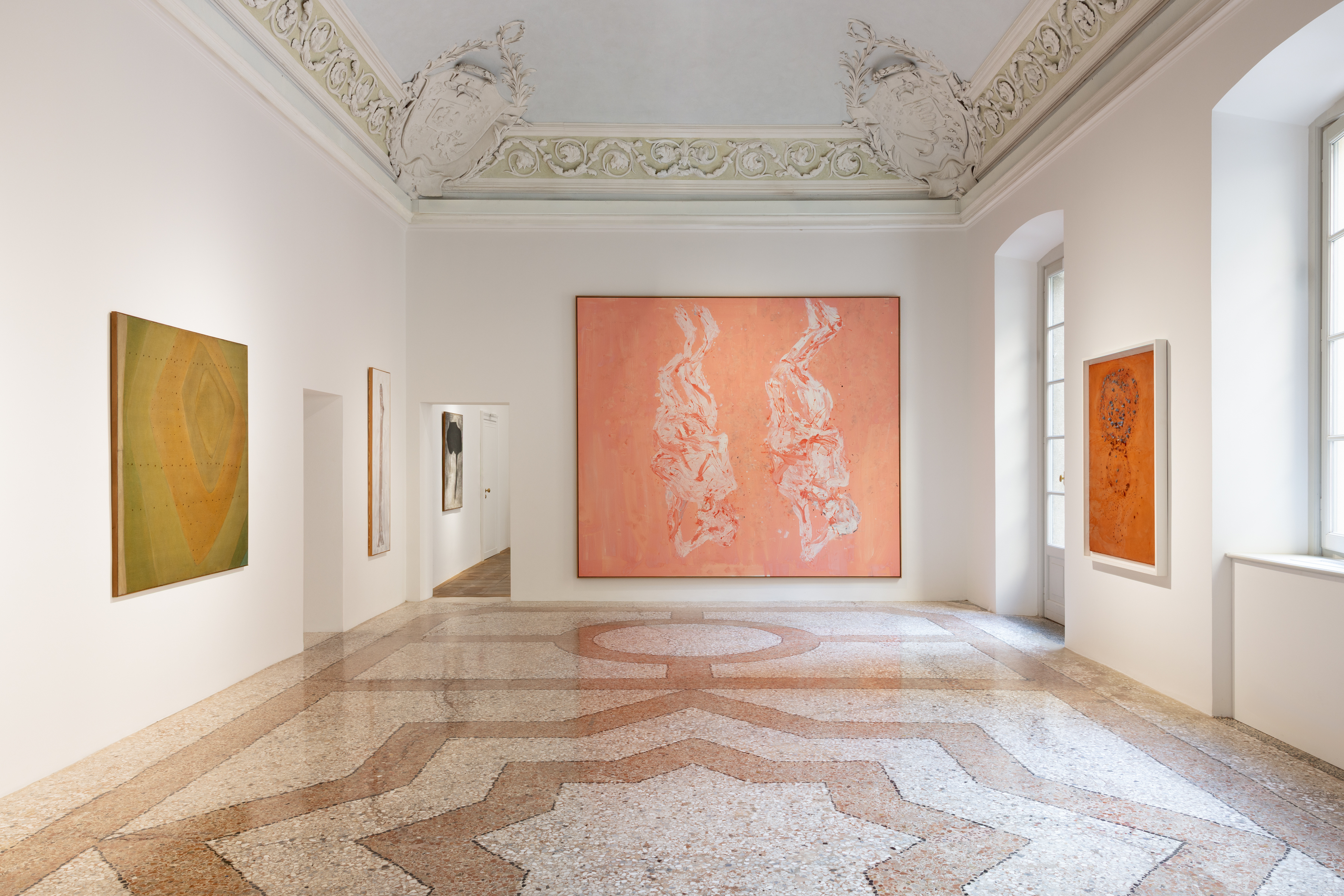
Installation view of Georg Baselitz and Lucio Fontana, ‘L'aurore viene’, at Thaddaeus Ropac Milan
The individual character that typifies Ropac’s venues hints at his pickiness in architectural depth. 'They always have a certain edge to be special,' says the dealer, who admits he is 'not easy to satisfy' in settling on a potential gallery space. When he walked into this two-storey 280 sq m neoclassical beauty, however, Ropac was faced by its 'loaded' quality; it dates back to 1781, when architect Giuseppe Piermarini designed the marble palazzo for Prince Alberico XII di Belgioioso d’Este. An architectural marvel in its own right, the building had gone through a restoration phase in the early 1990s. For it's new life, the gallery commissioned local architect Umberto Dubini for little touches to bring it 'back to its glory.'
The aesthetic bones, however, do the talking. A suite of dramatic stuccos, which were created by 18th-century Swiss-Italian architect Giocondo Albertolli, crown the main exhibition space. The glorious depictions of coats of arms refer to the interior’s past as a library for nobles. The arresting features also include frescos by famed Australian-Italian painter Martin Knoller, which currently hover above the inaugural two-artist exhibition ‘L’aurora viene’, featuring works by Georg Baselitz and Lucio Fontana. The pairing of the German Neo-Expressionist painter and the Argentinian-born Italian maestro of Spatialist painting is the brainchild of the Milan gallery’s executive director Elena Bonanno di Linguaglossa. The gestural connection between two artists who never met in person energises the interior’s time-defying grandiosity, which oozes with mystery and intrigue.
Illuminated by interior designer Adrien Gardère’s elegant light fixtures are Baselitz’s signature upside-down human figures, such as the ash-hued Senza arrivo, Lucio è passato (2019), and Fontana’s oval-shaped canvas Concetto spaziale, Fine di Dio (1963-4) from his rarely exhibited titular series on mortality. 'Especially as a foreign gallery, we had to pay homage to Milan,' says Bonanno di Linguaglossa, who worked with Fondazione Lucio Fontana to secure substantial loans and rare archival imagery for the show’s catalogue.
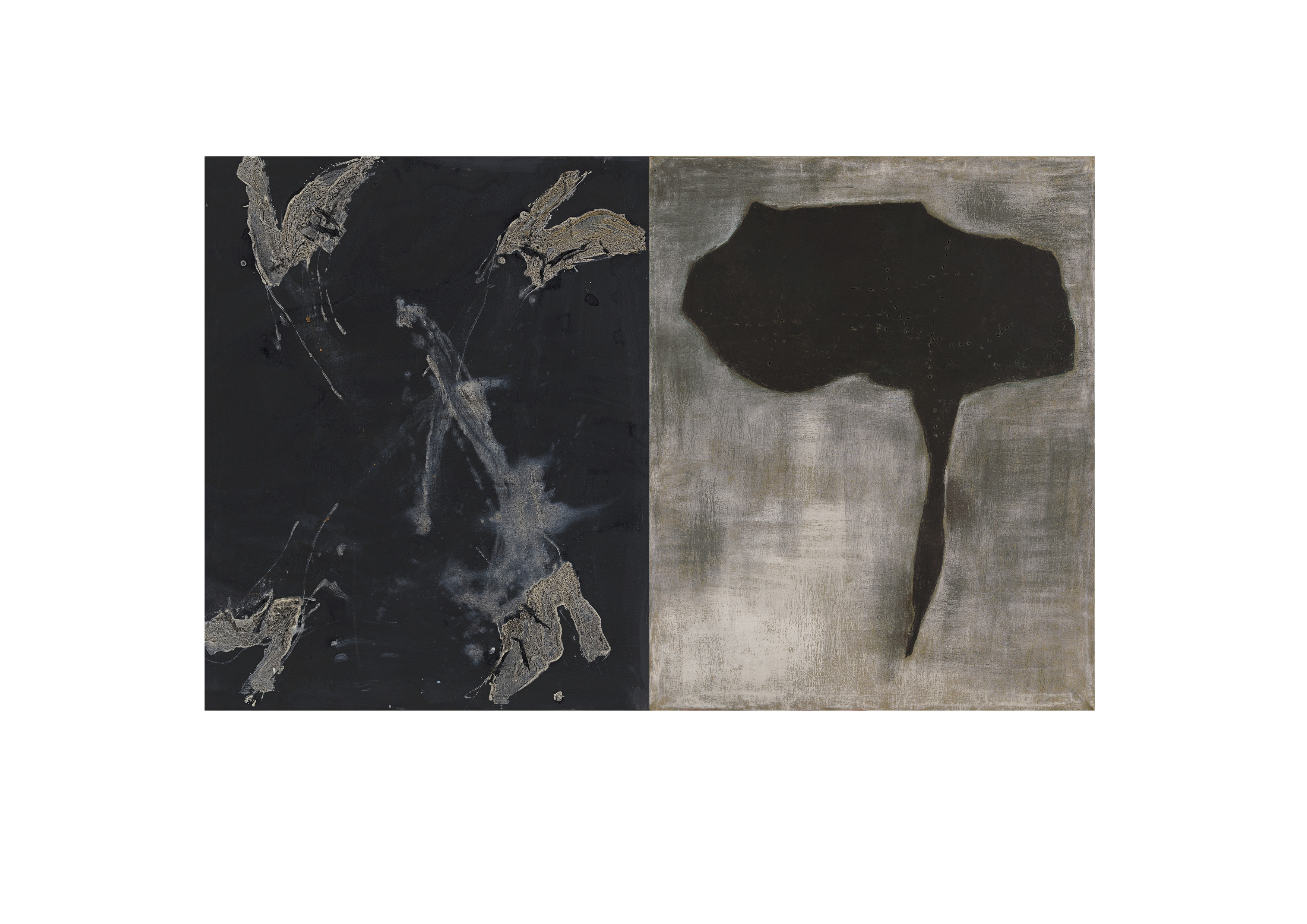
Work by Lucio Fontana
Sculpture, particularly, has a penetrating presence in the space. Fontana’s glazed and painted terracotta humanoid form Arlecchino (1949) has a lingering effect in the company of Baselitz’s similarly spectral paintings of bodies trapped in infinite fall, such as the pink-hued Rosa riposa (2019). ‘We had to do a show that would reflect our DNA,’ says Ropac, who is beyond hopeful about the future of his newest outing, which is in fact the smallest venue in his roster. Up next is another two-artist show, dedicated to Valie Export and Ketty La Rocca, that should underscore the gallery’s potential for intriguing pairings .
‘Georg Baselitz and Lucio Fontana: L’aurora viene’ runs through 21 November 2025, ropac.net
Receive our daily digest of inspiration, escapism and design stories from around the world direct to your inbox.
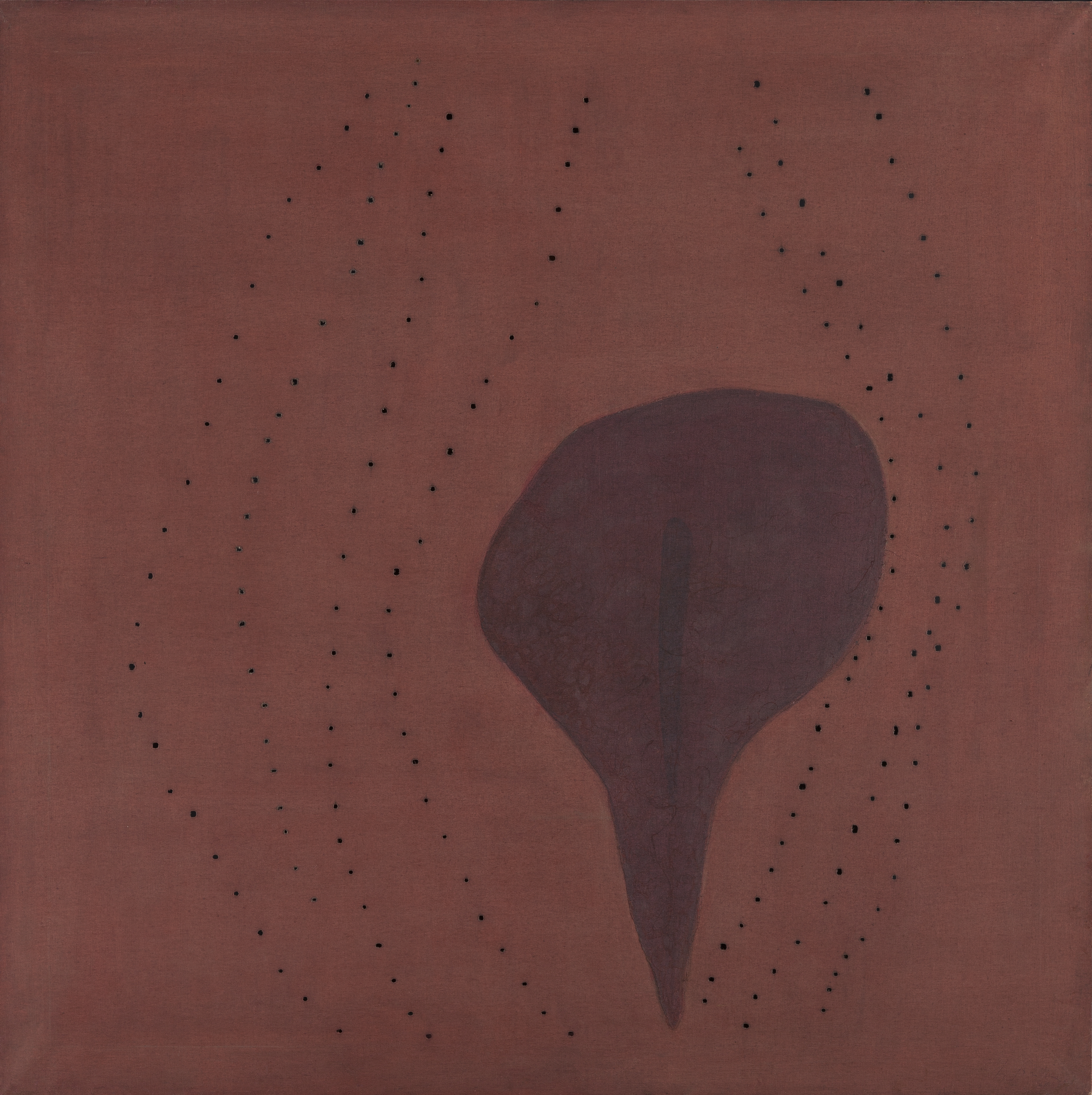
Work by Lucio Fontana
Osman Can Yerebakan is a New York-based art and culture writer. Besides Wallpaper*, his writing has appeared in the Financial Times, GQ UK, The Guardian, Artforum, BOMB, Airmail and numerous other publications. He is in the curatorial committee of the upcoming edition of Future Fair. He was the art and style editor of Forbes 30 Under 30, 2024.
-
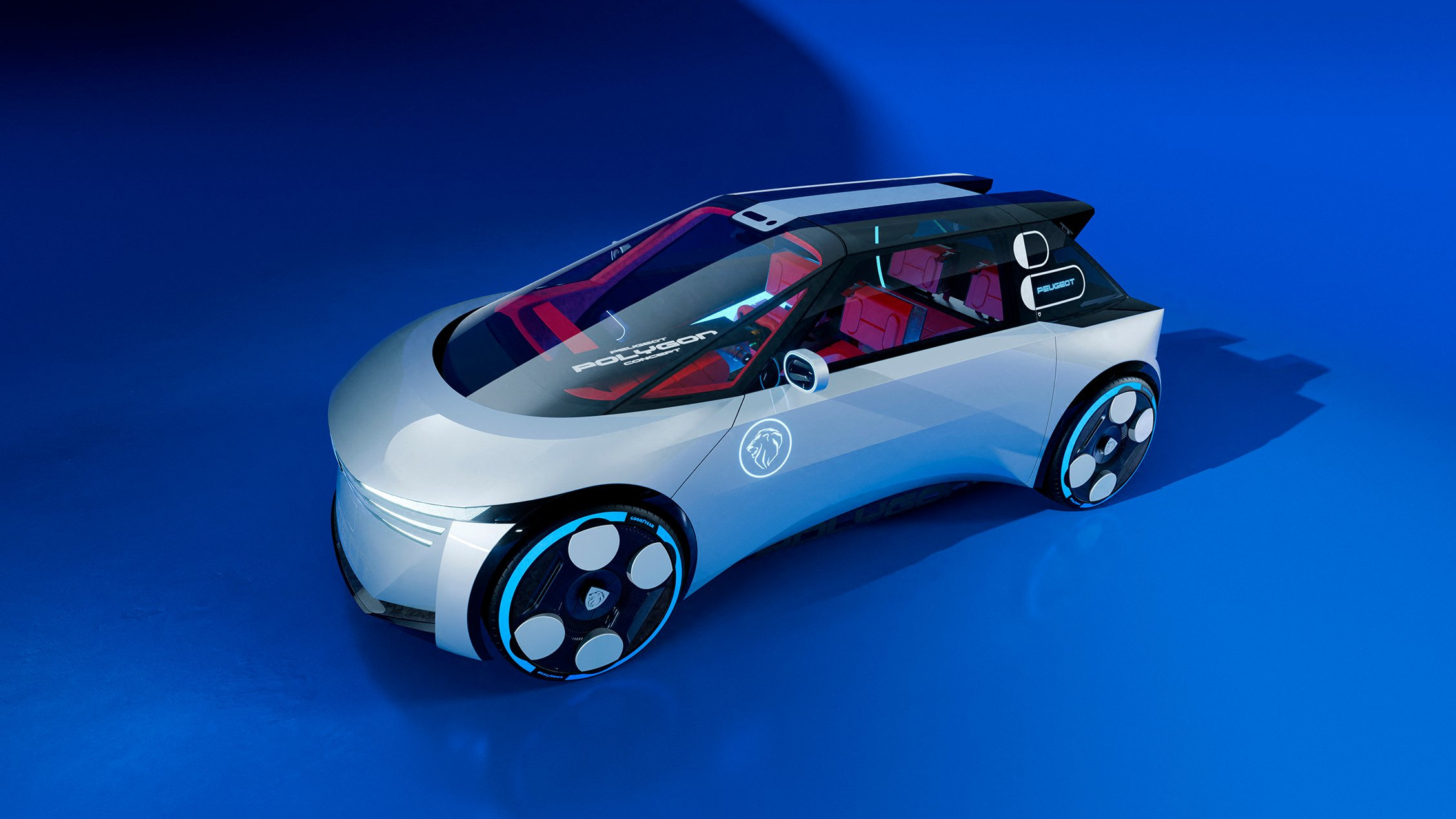 Peugeot's Polygon Concept city car of tomorrow exists in the frantic online world of Fortnite
Peugeot's Polygon Concept city car of tomorrow exists in the frantic online world of FortnitePeugeot pitches its new design language to the gaming community with a concept car designed for virtual worlds
-
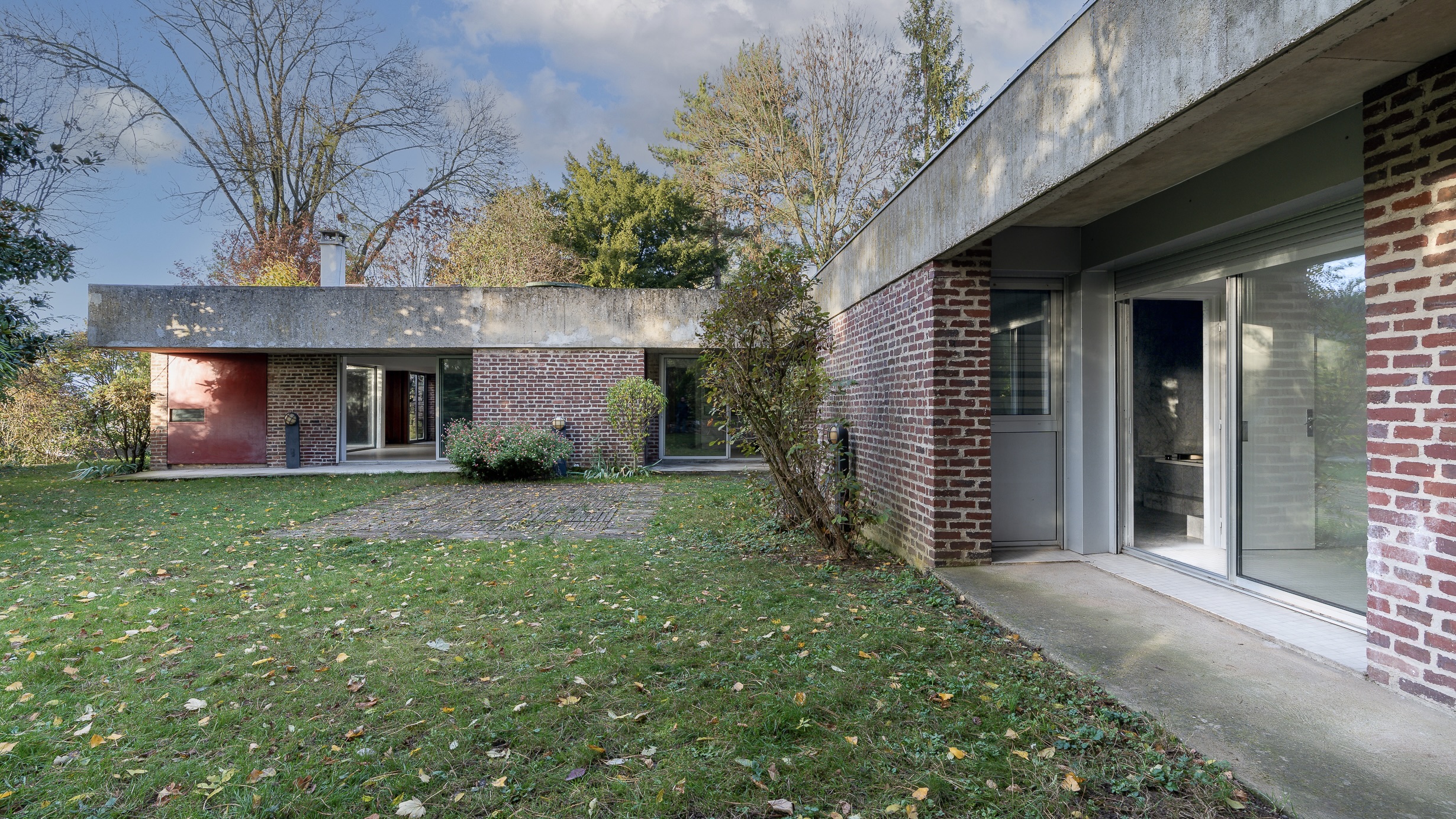 This modernist home, designed by a disciple of Le Corbusier, is on the market
This modernist home, designed by a disciple of Le Corbusier, is on the marketAndré Wogenscky was a long-time collaborator and chief assistant of Le Corbusier; he built this home, a case study for post-war modernism, in 1957
-
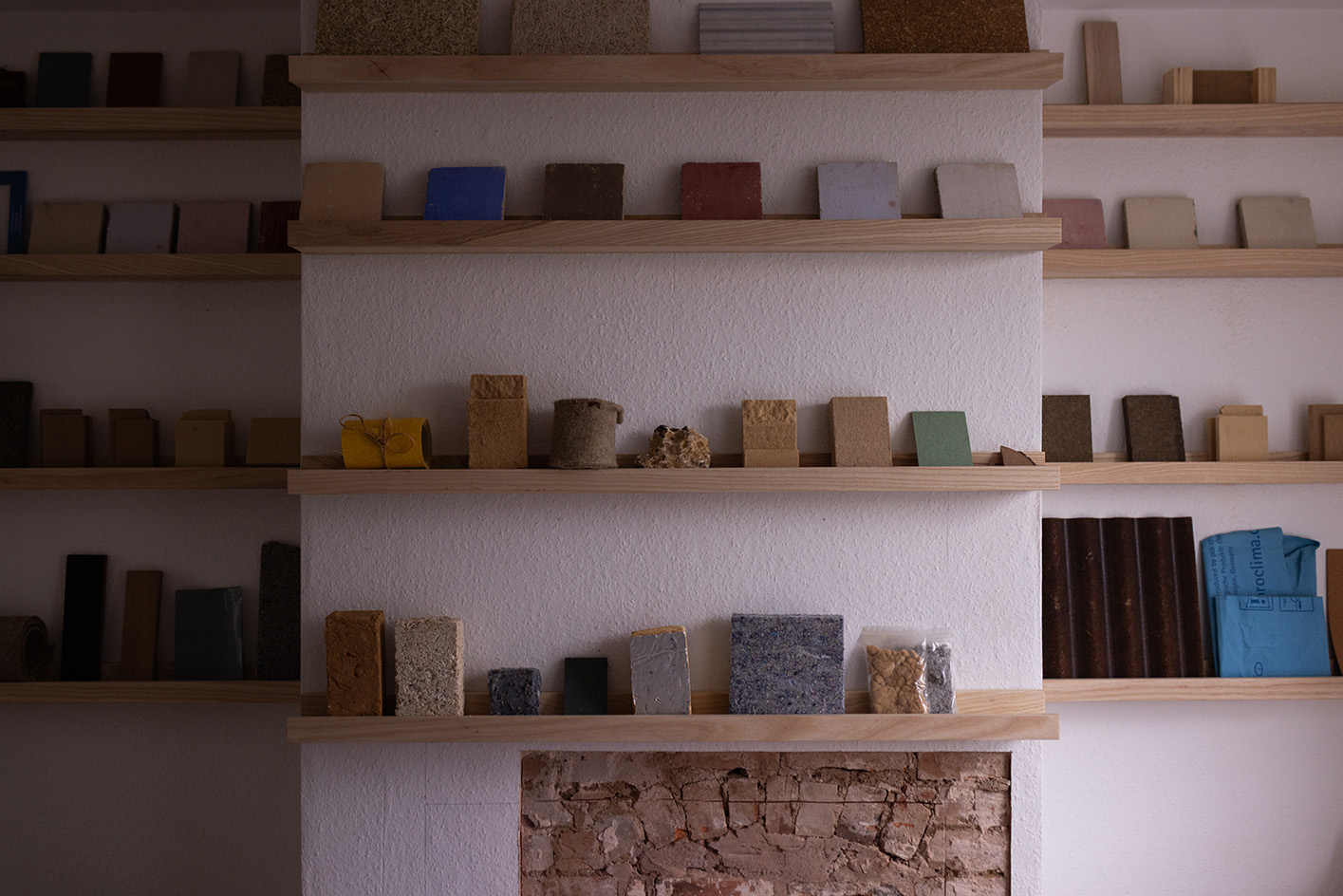 Take a tour of Retrofit House, the live showcase inspiring sustainable homebuilding
Take a tour of Retrofit House, the live showcase inspiring sustainable homebuildingRetrofit House, a showcase for residential redesign using biomaterials and environmentally smart methods, opens in Birmingham, UK, spearheaded by Civic Square, Dark Matter Labs and Material Cultures; we paid it a visit
-
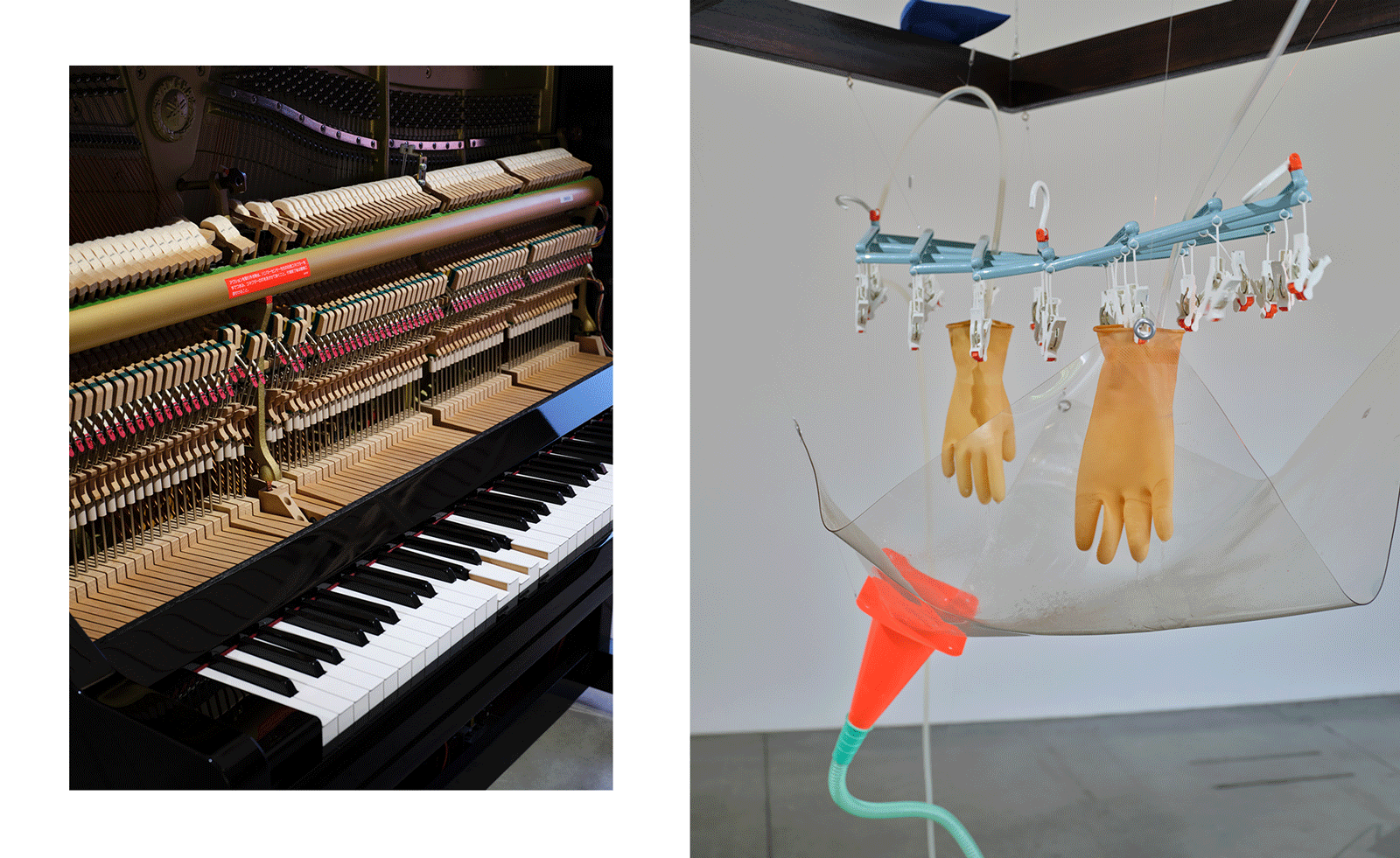 Yuko Mohri’s living installations play on Marcel Duchamp’s surrealism
Yuko Mohri’s living installations play on Marcel Duchamp’s surrealismThe artist’s seven new works on show at Milan’s Pirelli HangarBicocca explore the real and imaginary connections that run through society
-
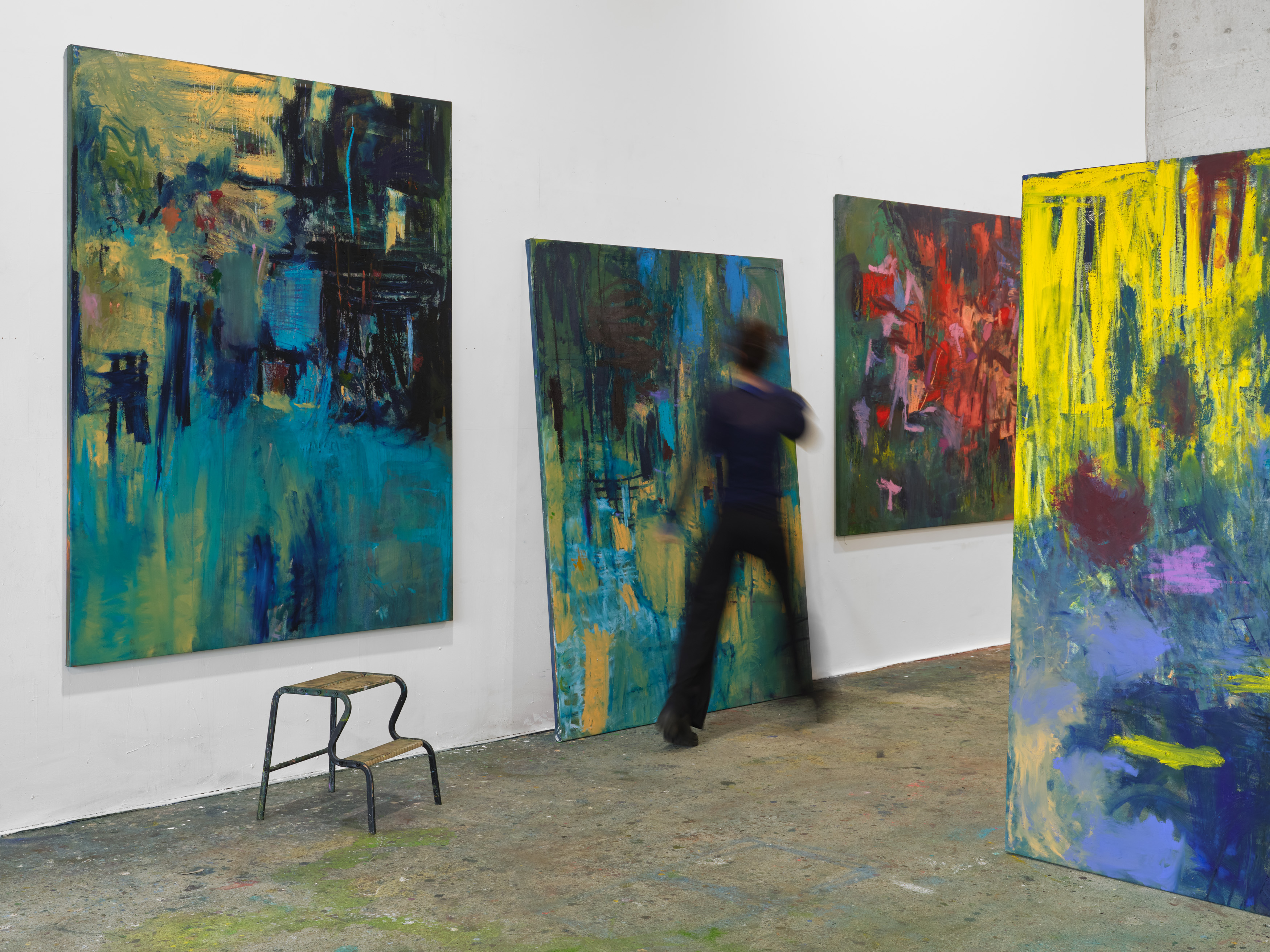 Get lost in Megan Rooney’s abstract, emotional paintings
Get lost in Megan Rooney’s abstract, emotional paintingsThe artist finds worlds in yellow and blue at Thaddaeus Ropac London
-
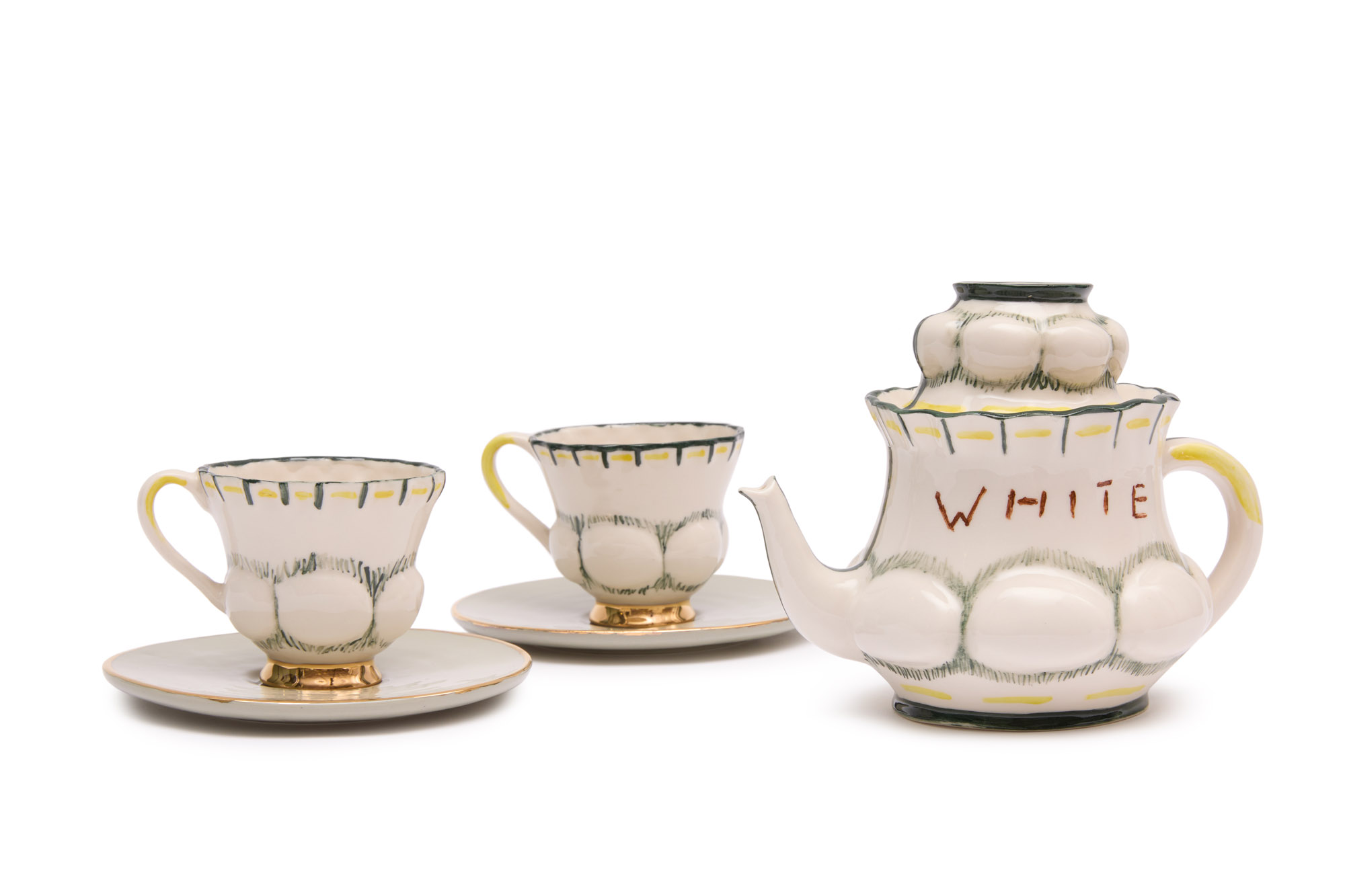 25 artists reimagine the teapot at Milan Design Week 2025
25 artists reimagine the teapot at Milan Design Week 2025Come to Loewe’s cross-cultural tea party: pots of fun in Milan as artists, designers and architects celebrate the universal comfort of tea
-
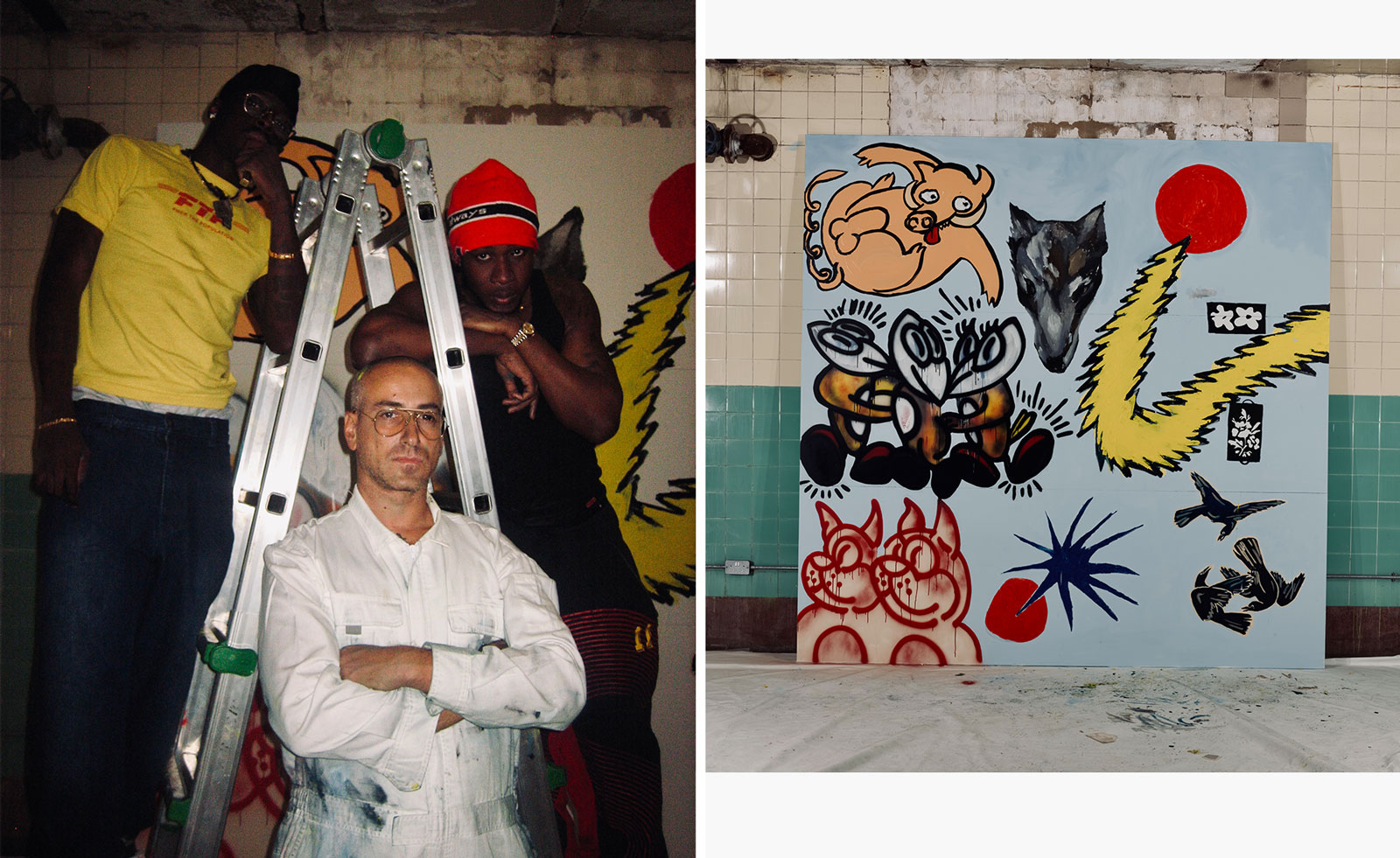 Inside the unexpected collaboration between Marni’s Francesco Risso and artists Slawn and Soldier
Inside the unexpected collaboration between Marni’s Francesco Risso and artists Slawn and SoldierNew exhibition ‘The Pink Sun’ will take place at Francesco Risso’s palazzo in Milan in collaboration with Saatchi Yates, opening after the Marni show today, 26 February
-
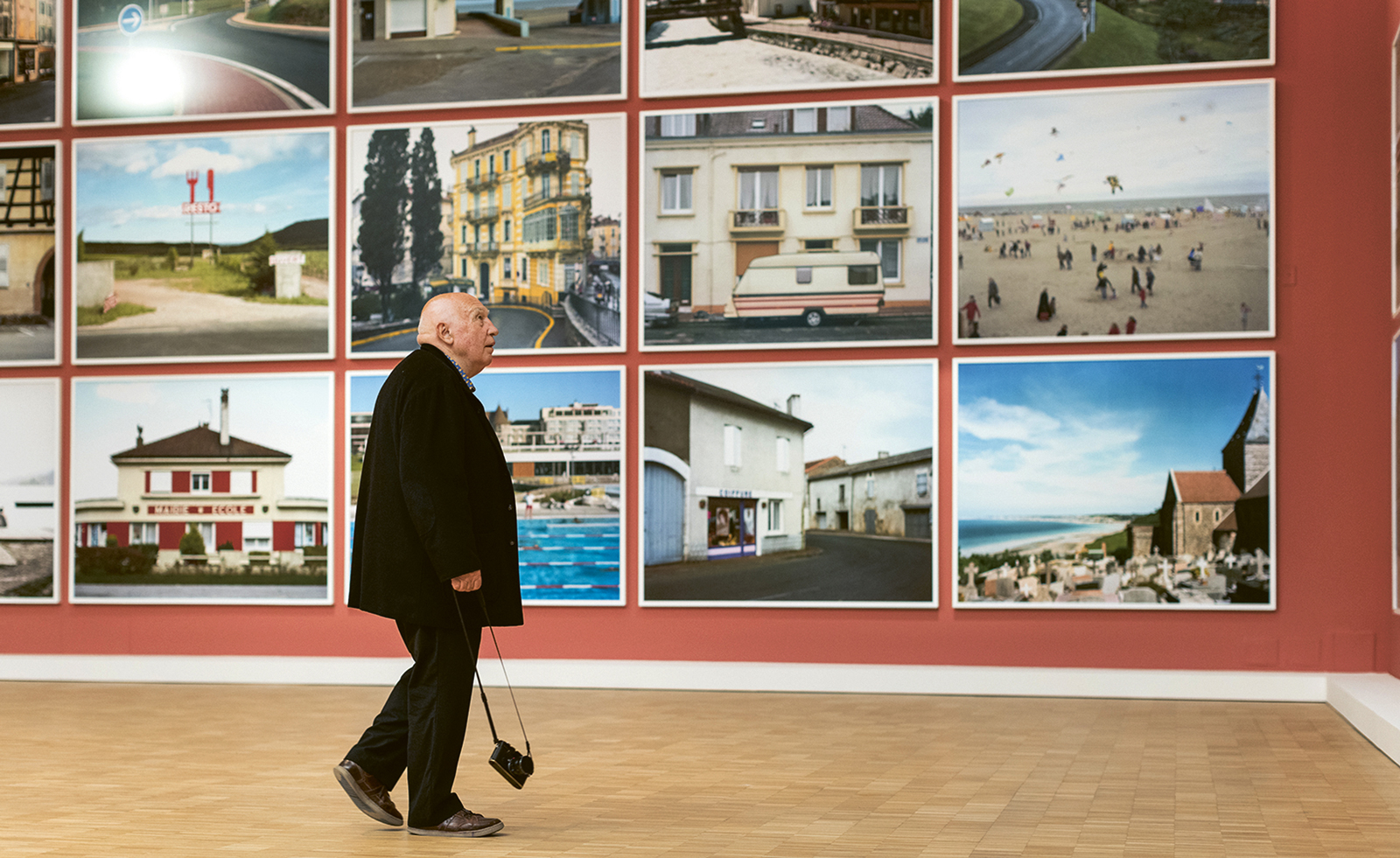 What makes fashion and art such good bedfellows?
What makes fashion and art such good bedfellows?There has always been a symbiosis between fashion and the art world. Here, we look at what makes the relationship such a successful one
-
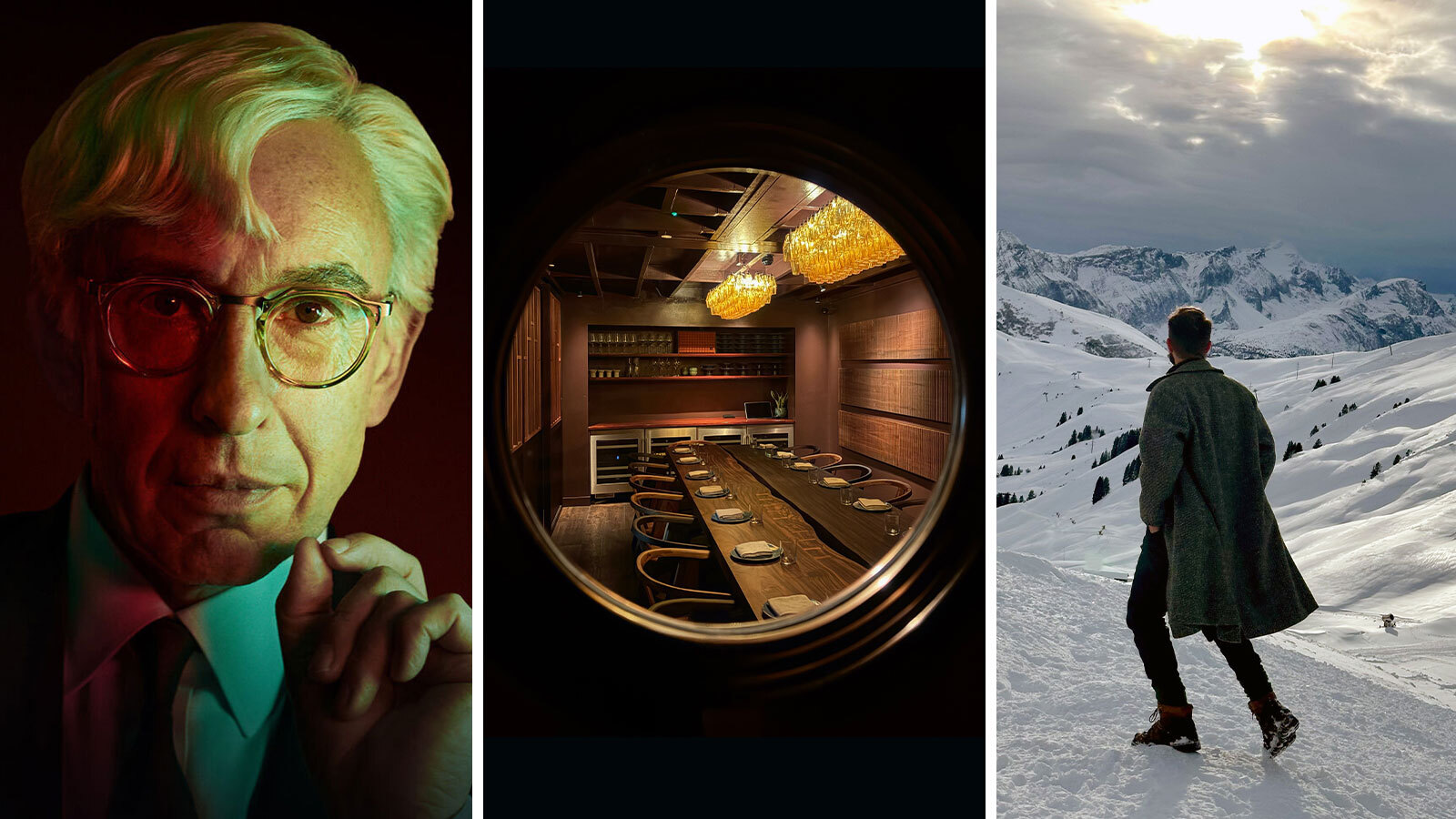 Out of office: what the Wallpaper* editors have been doing this week
Out of office: what the Wallpaper* editors have been doing this weekA snowy Swiss Alpine sleepover, a design book fest in Milan, and a night with Steve Coogan in London – our editors' out-of-hours adventures this week
-
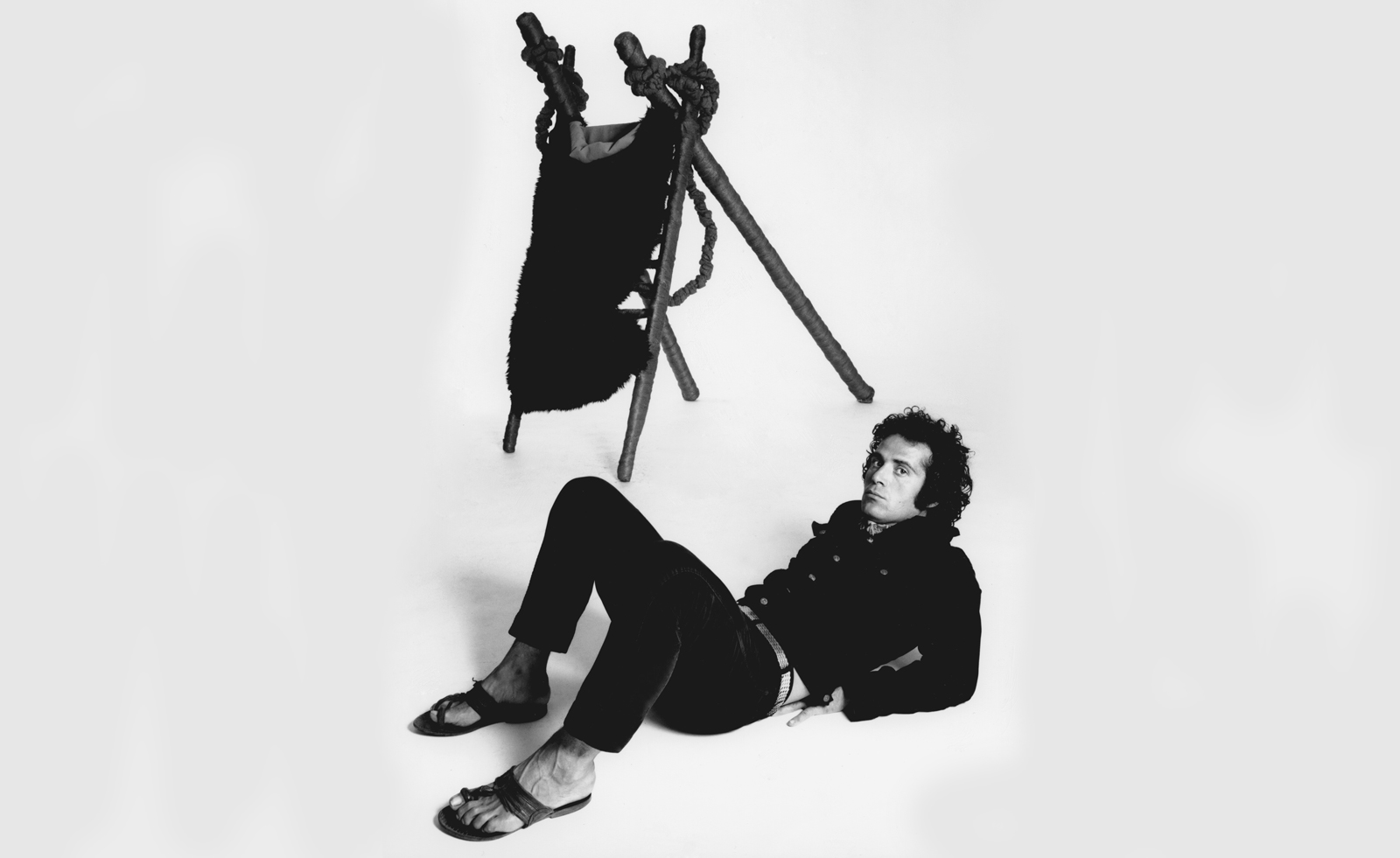 Pino Pascali’s brief and brilliant life celebrated at Fondazione Prada
Pino Pascali’s brief and brilliant life celebrated at Fondazione PradaMilan’s Fondazione Prada honours Italian artist Pino Pascali, dedicating four of its expansive main show spaces to an exhibition of his work
-
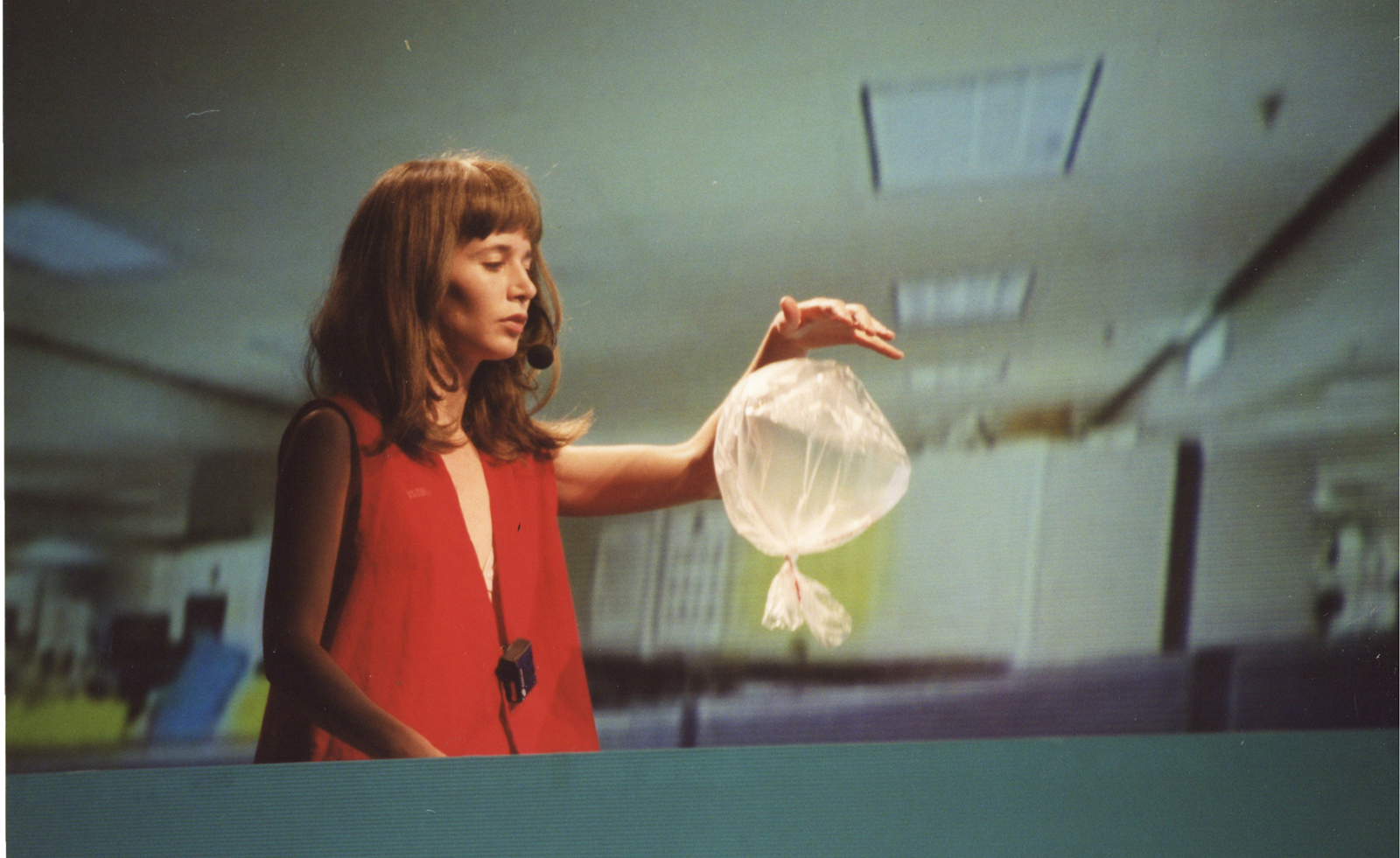 Miranda July considers fantasy and performance at Fondazione Prada
Miranda July considers fantasy and performance at Fondazione Prada‘Miranda July: New Society’ at Fondazione Prada, Milan, charts 30 years of the artist's career